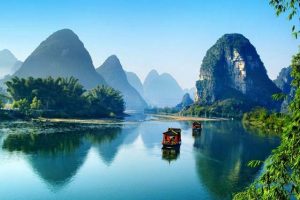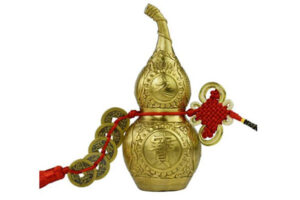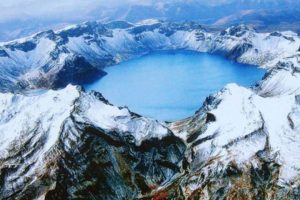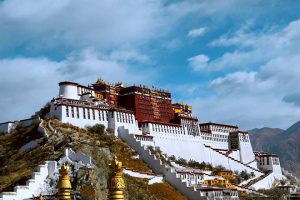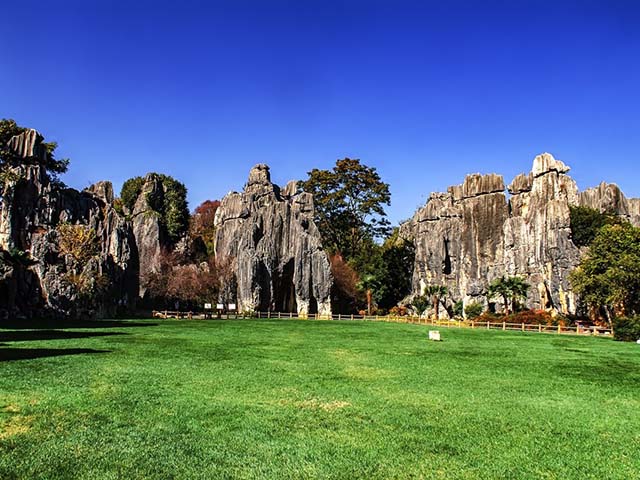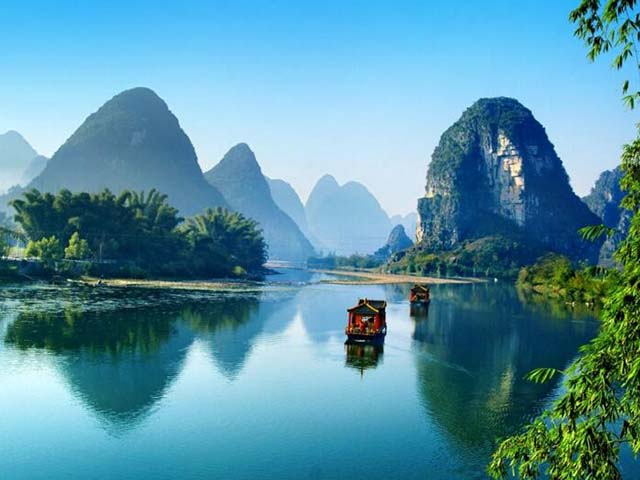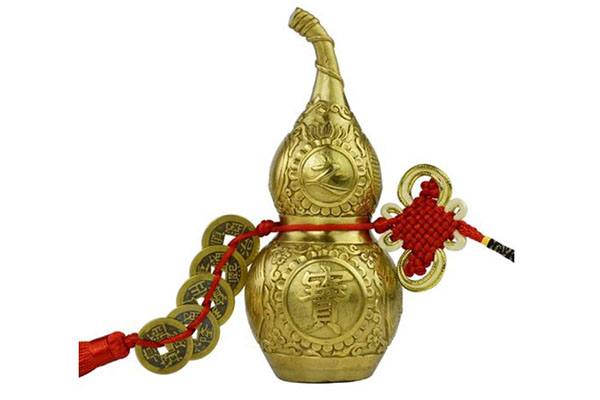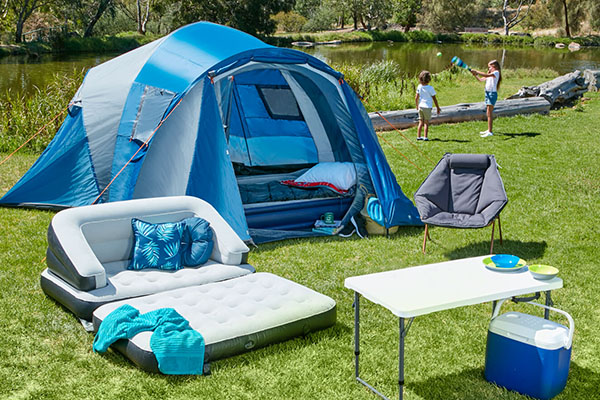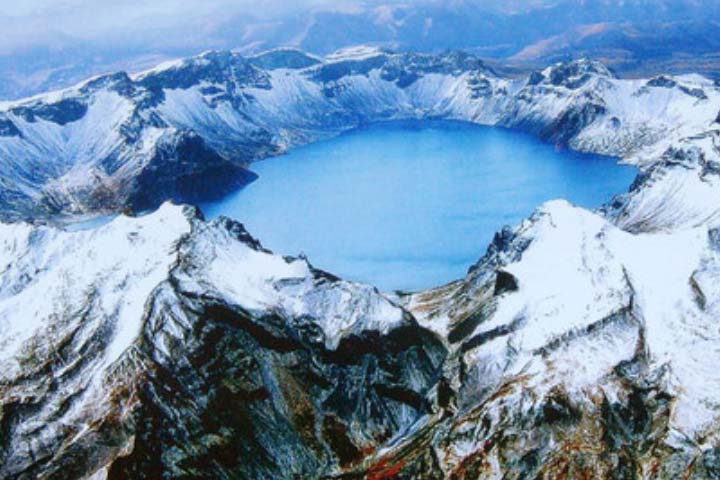Sichuan, a province in southwestern China, is known for its spicy cuisine, beautiful natural scenery, and rich cultural heritage. From pandas to giant buddhas, from stunning waterfalls to ancient irrigation systems, Sichuan has something for everyone. In this post, we will provide a 7-day tourism route recommendation that covers some of the most popular and iconic attractions in the province.
Day 1: Chengdu
Chengdu, the capital of Sichuan, is the starting point of our 7-day journey. As one of the most livable cities in China, Chengdu offers a great combination of modern amenities and traditional charm.
Suggested activities
- Visit to Panda Base: As the hometown of giant pandas, Chengdu is a must-visit destination for panda lovers. The Panda Base, located on the outskirts of the city, is a research and breeding center for giant pandas and red pandas. Visitors can see pandas of all ages and learn about their conservation efforts.
- Wenshu Monastery: Built in the Tang Dynasty (618-907), Wenshu Monastery is one of the oldest and most important Buddhist temples in Chengdu. The temple houses a large collection of Buddhist statues, scriptures, and artifacts, and offers a peaceful and contemplative atmosphere.
- Shopping at Jinli Street: Jinli Street is a pedestrian-only street lined with traditional Sichuanese architecture and shops selling souvenirs, snacks, and local crafts. It’s a great place to experience the local culture and pick up some unique gifts.
Recommended accommodations
- Xinya Hotel: Located in the heart of Chengdu, Xinya Hotel is a 4-star hotel that offers comfortable rooms, modern amenities, and a great location. The hotel is within walking distance of many popular attractions, such as Wenshu Monastery and Jinli Street.
Day 2: Leshan
Leshan, located about 2 hours away from Chengdu by bus, is home to one of the most famous and impressive statues in the world: the Leshan Giant Buddha. The statue, carved into a cliff face along the Min River, is over 71 meters (233 feet) tall and has been designated as a UNESCO World Heritage Site.
Suggested activities
- Visit to Leshan Giant Buddha: The Leshan Giant Buddha is the main attraction of the city, and for good reason. The statue, which depicts a seated Maitreya (a bodhisattva associated with the future Buddha), is not only massive but also intricately detailed. Visitors can take a boat ride along the Min River to get a close-up view of the statue, or hike to the top of the mountain for a panoramic view.
- Hike at Lingyun Mountain: Lingyun Mountain is a scenic mountain located about 10km from Leshan. The mountain offers great hiking trails and beautiful views of the surrounding countryside. Visitors can also visit the Lingyun Temple, a Buddhist temple located at the summit.
- Boat ride on Min River: The Min River, which runs through Leshan, is a great way to explore the surrounding landscape. Visitors can take a boat ride to see the Leshan Giant Buddha from a different angle and appreciate the natural beauty of the river.
Recommended accommodations
- Leshan Yijia Hotel: Leshan Yijia Hotel is a 3-star hotel that offers comfortable rooms, friendly service, and a great location. The hotel is located near the Leshan Giant Buddha and the Min River, making it a great base.
Day 3: Mt. Emei
Mt. Emei, located about 3 hours away from Leshan by bus, is one of the four sacred Buddhist mountains in China. The mountain is known for its beautiful scenery, ancient temples, and rich cultural heritage.
Suggested activities
- Hike to the summit of Mt. Emei: The main attraction of Mt. Emei is the hike to the summit. The hike can take anywhere from 4-6 hours, depending on the trail chosen, and offers breathtaking views of the surrounding mountains and valleys. Along the way, visitors can visit ancient temples such as Wannian Temple, which is the largest and most important temple on the mountain.
- Cable car ride: For those who prefer not to hike, there is a cable car that takes visitors to the summit of the mountain. The cable car offers great views of the mountain and the surrounding landscape.
- Visit to Wannian Temple: Wannian Temple is the largest and most important temple on Mt. Emei. The temple is known for its impressive architecture and rich history, and is a must-see for visitors to the mountain.
Recommended accommodations
- Emeishan Yijia Hotel: Emeishan Yijia Hotel is a 3-star hotel that offers comfortable rooms, friendly service, and a great location. The hotel is located at the base of Mt. Emei, making it a convenient base for exploring the mountain.
Day 4: Jiuzhaigou
Jiuzhaigou, located about 7 hours away from Mt. Emei by bus, is a UNESCO World Heritage Site and a national park known for its stunning natural beauty. The park is home to more than 100 lakes, waterfalls, and hot springs, and is also home to a variety of wildlife, including giant pandas and takins (a type of mountain goat).
Suggested activities
- Visit to Jiuzhaigou National Park: The main attraction of Jiuzhaigou is the national park itself. Visitors can explore the park by foot, bus, or boat, and see the many lakes, waterfalls, and hot springs that the park has to offer. Some of the most popular attractions include Five-flower Lake, Shuzheng Waterfall, and Pearl Shoal.
- Hike to Shuzheng waterfall: Shuzheng Waterfall is one of the most popular hikes in Jiuzhaigou. The hike takes about 3-4 hours and offers great views of the waterfall, the surrounding mountains, and the valley below.
- Boat ride on Five-flower Lake: Five-flower Lake is one of the most famous lakes in Jiuzhaigou. Visitors can take a boat ride on the lake to see its many colors and appreciate its natural beauty.
Recommended accommodations
- Jiuzhaigou InterContinental Resort: Jiuzhaigou InterContinental Resort is a 5-star hotel that offers comfortable rooms, modern amenities, and a great location. The hotel is located inside the national park, making it a convenient base for exploring the park.
Day 5: Huanglong
Huanglong, located about 4 hours away from Jiuzhaigou by bus, is a national park known for its colorful pools, hot springs, and snow-capped peaks. The park is also home to a variety of wildlife, including giant pandas and golden snub-nosed monkeys.
Suggested activities
- Visit to Huanglong National Park: The main attraction of Huanglong is the national park itself. Visitors can explore the park by foot and see the many colorful pools, hot springs, and snow-capped peaks that the park has to offer. Some of the most popular attractions include Huanglong Temple, the colorful pools, and the hot springs.
- Hike to the top of the mountain: Huanglong National Park offers a number of hiking trails that take visitors to the top of the mountain for a panoramic view of the park. The hike can take anywhere from 2-4 hours, depending on the trail chosen.
- Hot spring bath: Huanglong is also known for its hot springs, which are said to have therapeutic properties. Visitors can take a dip in the hot springs to relax and rejuvenate after a day of hiking.
Recommended accommodations
- Huanglong Hotel: Huanglong Hotel is a 3-star hotel that offers comfortable rooms, friendly service, and a great location. The hotel is located inside the national park, making it a convenient base for exploring the park.
Day 6: Dujiangyan
Dujiangyan, located about 2 hours away from Chengdu by bus, is an ancient irrigation system that has been in use for over 2,000 years. The system, which was built to control the flooding of the Min River, is a UNESCO World Heritage Site and a popular tourist destination.
Suggested activities
- Visit to Dujiangyan Irrigation System: The main attraction of Dujiangyan is the irrigation system itself. Visitors can take a boat ride on the Min River to see the different parts of the system, such as the Fish Mouth, the Flying Sand Weir, and the Water-dividing Dam.
- Hike to Mount Qingcheng: Mount Qingcheng is a scenic mountain located about 10km from Dujiangyan. The mountain offers great hiking trails and beautiful views of the surrounding countryside. Visitors can also visit the Tianshi Cave, a Daoist temple located at the summit.
- Boat ride on Min River: The Min River, which runs through Dujiangyan, is a great way to explore the surrounding landscape. Visitors can take a boat ride to see the Dujiangyan Irrigation System from a different angle and appreciate the natural beauty of the river.
Recommended accommodations
- Dujiangyan Yijia Hotel: Dujiangyan Yijia Hotel is a 3-star hotel that offers comfortable rooms, friendly service, and a great location. The hotel is located near the Dujiangyan Irrigation System and the Min River, making it a great base for exploring the area.
Day 7: Chengdu
On the last day of our 7-day journey, we return to Chengdu to wrap up our trip. There are still many things to see and do in the city, so we suggest the following activities for the last day.
Suggested activities
- Visit to Wuhou Shrine: Wuhou Shrine is a temple dedicated to the memory of Liu Bei, a famous general and ruler during the Three Kingdoms period. The temple is known for its intricate carvings, detailed statues, and rich history.
- Stroll around Kuanzhai Alley: Kuanzhai Alley is a restored historical area located in Chengdu. The area is composed of three ancient alleyways, known as Kuan Alley, Zhai Alley, and Jing Alley, that showcase the traditional Sichuanese architecture and way of life.
- Taste Sichuanese hot pot: Sichuanese hot pot is a famous local cuisine that should not be missed when visiting Chengdu. Visitors can try different types of hot pot, such as spicy hot pot or clear soup hot pot, to experience the unique flavors of Sichuanese cuisine.
Conclusion
In this post, we have provided a 7-day tourism route recommendation that covers some of the most popular and iconic attractions in Sichuan province. From Chengdu to Mt. Emei, from Jiuzhaigou to Huanglong, from Dujiangyan to Chengdu, this route offers a great variety of experiences and activities for travelers. Whether you’re interested in pandas, giant buddhas, waterfalls, hot springs, or ancient irrigation systems, Sichuan has something for everyone. We hope that this post has helped you plan your trip to Sichuan and that you have a great time exploring this beautiful province.
Some additional tips for planning your trip:
- Bring comfortable shoes and clothing as some activities will require hiking and walking.
- Be prepared for different weather conditions, as some destinations may have different temperature and humidity.
- Consider purchasing travel insurance to protect yourself in case of an emergency or unexpected events.
- Don’t forget to bring your passport and any other necessary travel documents.
- Lastly, be open-minded and respect the local culture, customs, and laws.
Have a great trip to Sichuan!
